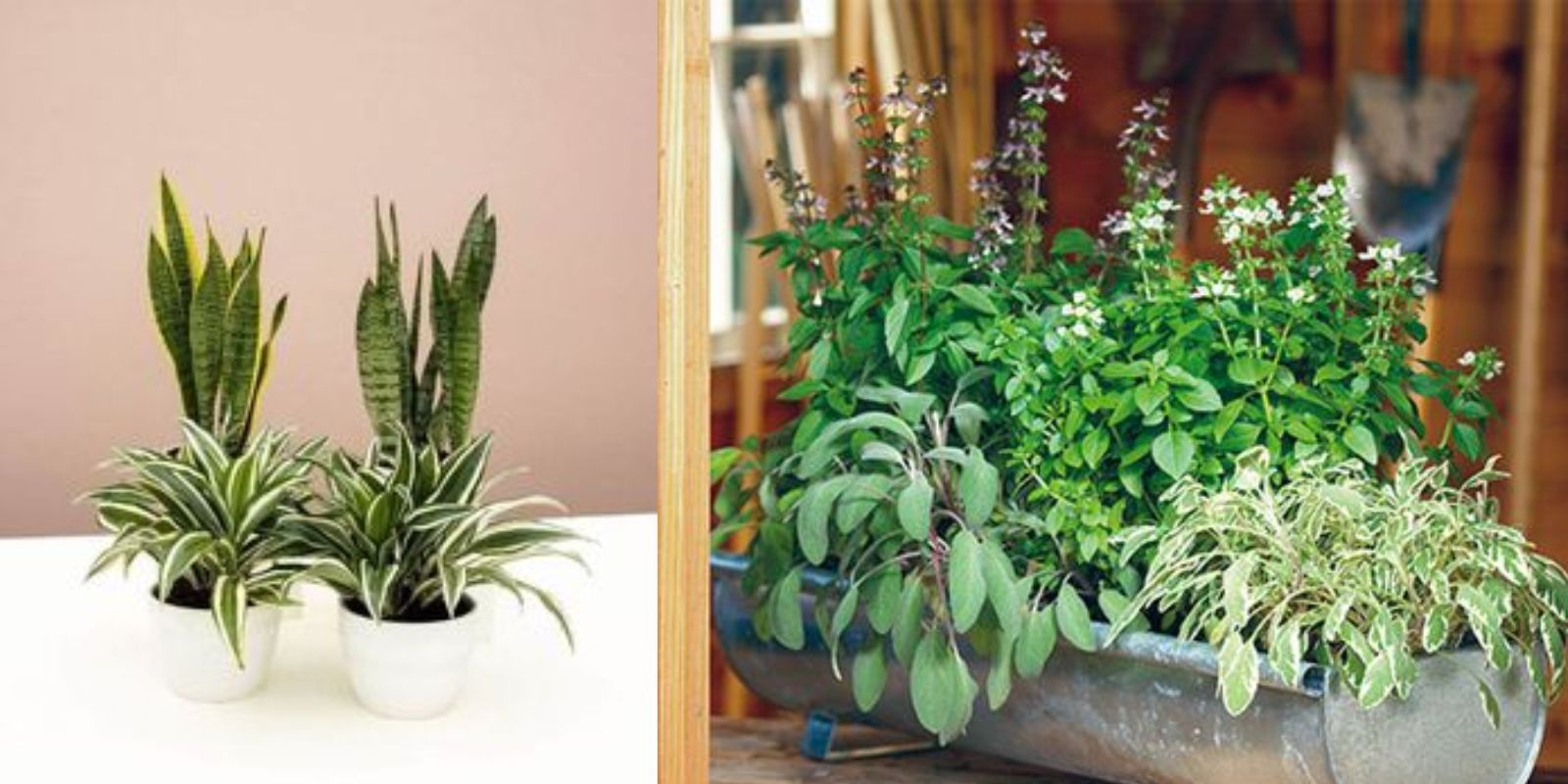Cultivating plants can be a deeply rewarding endeavor, bringing beauty, fresh produce, and a connection to nature right into our homes and gardens. However, not all plants are created equal when it comes to their growth habits and potential impact on their surroundings. Some species, while desirable for their aesthetic appeal or utility, require careful management to prevent them from becoming invasive or overwhelming their environment. In this article, we will explore the importance of responsible plant cultivation, focusing on how to manage plants that necessitate careful containment to thrive without posing risks to ecosystems or other plantings.
Understanding the Importance of Responsible Plant Cultivation
Responsible plant cultivation involves selecting, planting, and managing plants in a manner that minimizes their environmental impact and ensures they enhance rather than disrupt the ecosystem. This approach is crucial for maintaining biodiversity, supporting native species, and preventing the spread of invasive plants that can outcompete local flora.
Steps to Managing Plants that Require Careful Containment
- Research and Selection: Before planting any new species, research its growth habits, invasive potential, and ideal growing conditions. Choose plants that are well-suited to your climate and soil type, and avoid species known for aggressive spreading or invasive tendencies.
- Choosing the Right Location: Select an appropriate planting location that can accommodate the plant’s growth without it encroaching on other plants or natural areas. Consider using containers or raised beds for plants that tend to spread rapidly.
- Regular Monitoring: Keep a close watch on the plant’s growth and behavior throughout the growing season. Early detection of spreading or invasive tendencies allows for timely intervention to prevent further expansion.
- Containment Strategies: Implement physical barriers such as edging, root barriers, or containers to restrict the plant’s spread. Regularly trim back overgrowth and prune vigorously spreading plants to maintain their size and shape.
- Propagation Practices: Exercise caution when propagating plants that require containment. Use controlled methods such as division, cutting, or grafting to propagate, and avoid allowing seeds or plant parts to spread unintentionally.
- Community Awareness and Education: Share knowledge and experiences with fellow gardeners and community members about responsible plant cultivation and the management of potentially invasive species. Raise awareness about the importance of choosing and caring for plants that respect local ecosystems.
Motivating Responsible Gardening Practices
Promoting responsible gardening practices not only benefits individual gardeners but also contributes to larger conservation efforts and environmental sustainability. By cultivating plants responsibly, gardeners can help preserve biodiversity, protect native habitats, and create harmonious garden environments that thrive for years to come.
Conclusion
Cultivating plants that require careful containment is a balancing act between enjoying their benefits and managing their potential risks. By following these steps and adopting responsible gardening practices, gardeners can enjoy the beauty and utility of diverse plant species while minimizing their environmental impact. Together, we can cultivate gardens that are not only aesthetically pleasing but also ecologically sound, contributing to a healthier and more sustainable world.
Embracing responsible plant cultivation practices ensures that our gardens remain vibrant sanctuaries of beauty and biodiversity, enriching our lives and benefiting the environment. Let’s continue to nurture our gardens with care and consideration, fostering a greener and more harmonious world for generations to come.

